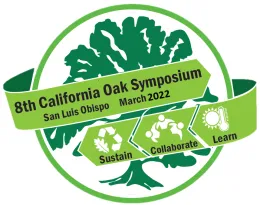#53

Successional Dynamics in Maritime Vegetation on a Fire-suppressed Landscape
Jim Thorne, Department of Environmental Science and Policy, University of California
Brad Anderson, Lucy Genua, Genelle Ives, Meghan Bowen - Bren School of Environmental Science & Management, UC Santa Barbara
California’s central coast is of significant importance for conservation for the state of California due to high levels of plant endemism and native oak woodlands that are threatened by climate change and development pressure. Past disturbances such as fire and grazing have had a large impact on Californian coastal ecosystems. Historical ecology is an interdisciplinary field that uses historical data to understand how ecosystems and landscapes have changed over time and it can be used to inform conservation and restoration planning. The Nature Conservancy’s Jack and Laura Dangermond Preserve presents a unique opportunity to use historical ecological techniques to inform land management by better understanding the degree of anthropogenic impacts on a coastal Californian ecosystem. We use historical aerial imagery and historic vegetation maps (VTM) to show that over an 80-year period, the relative frequencies of different habitat types at the Dangermond Preserve have changed substantially. Since the 1930s, the overall area occupied by grassland has decreased, while shrubland and oak woodland area have increased on the property, likely due to conversion of grassland to shrubland and shrubland to oak woodland. Our results — particularly the decline in small trees — suggest that there has been limited coast live oak recruitment on the property since the 1930s. These trends are consistent with other studies along the central and north coast of California and are likely driven by declines in grazing and by fire suppression.
